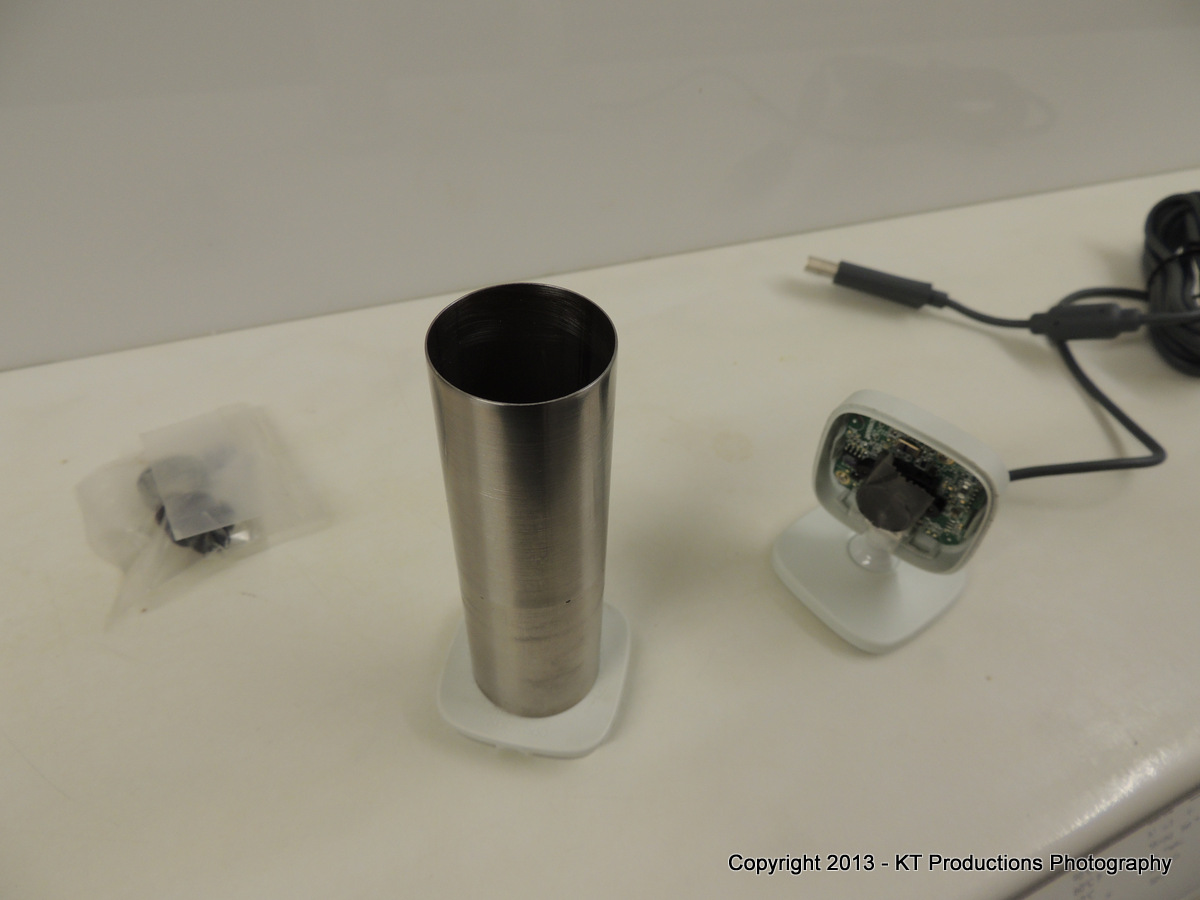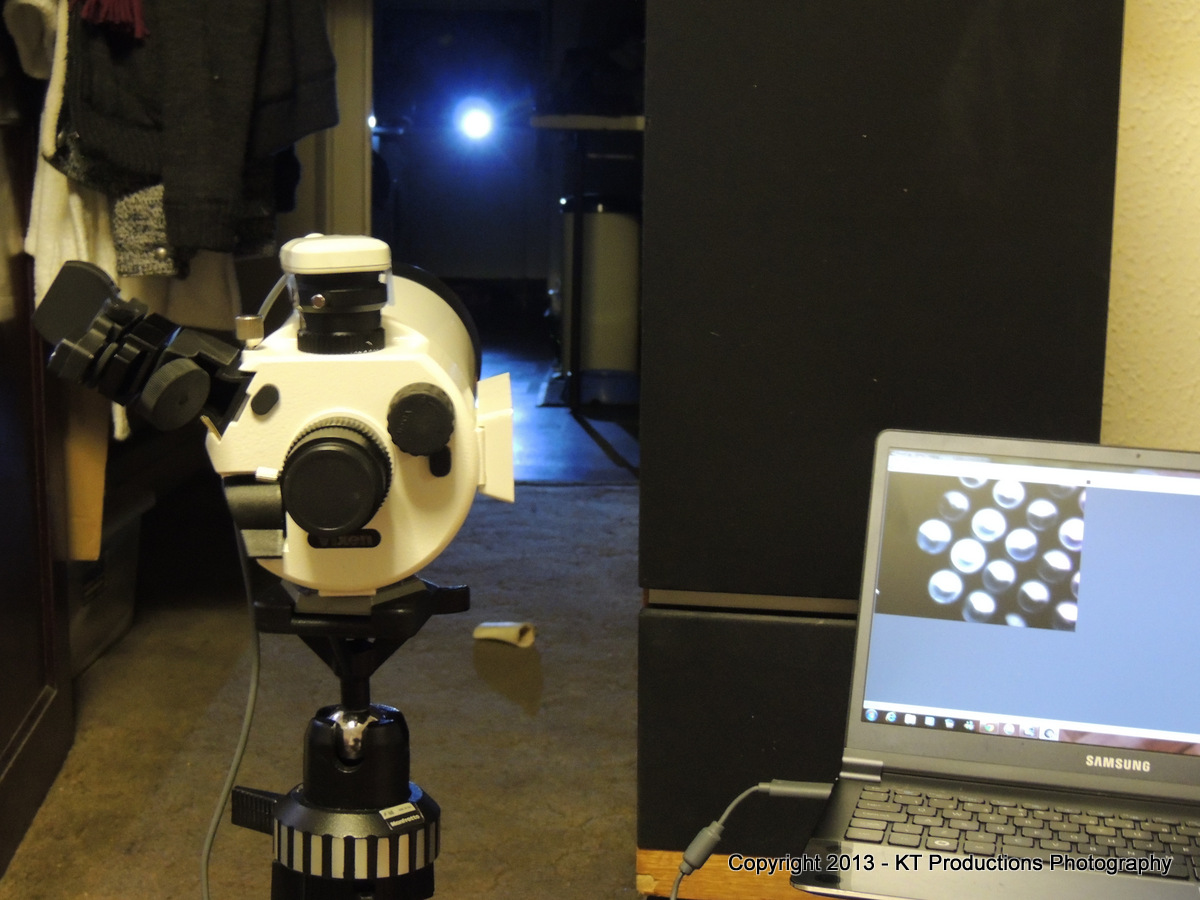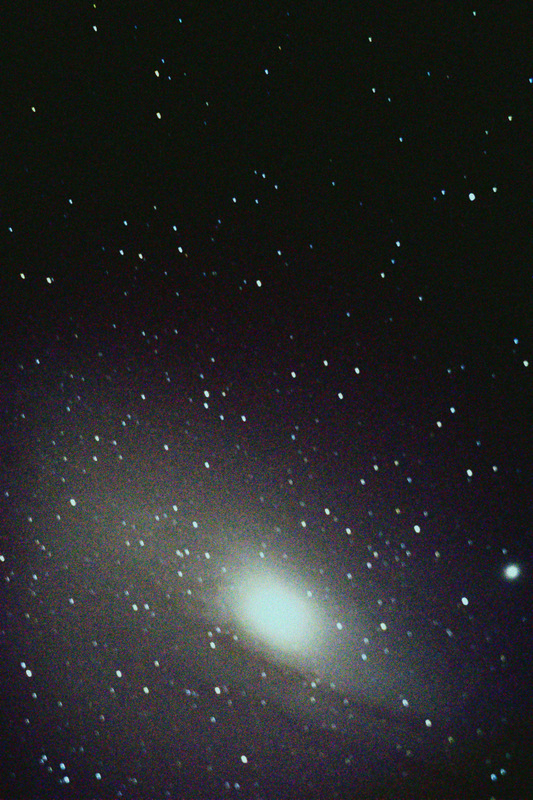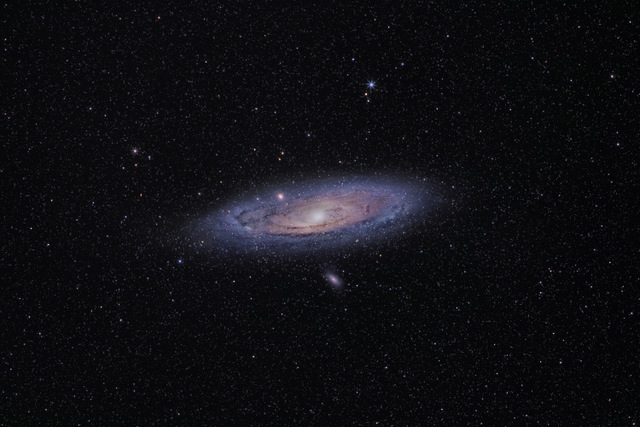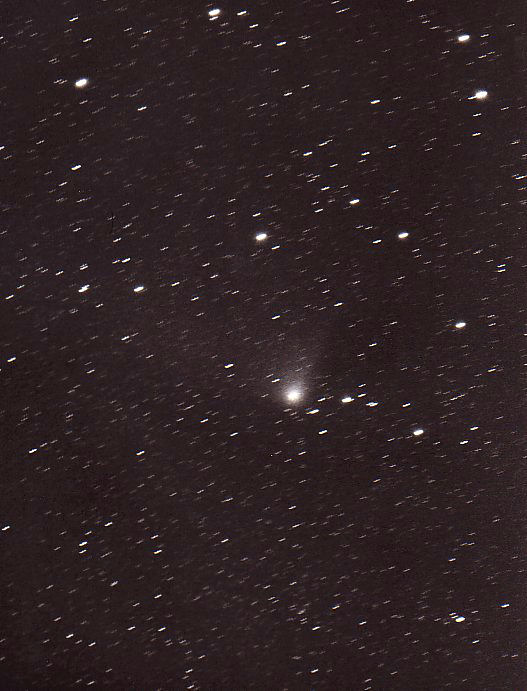bugbear":34mq5own said:
jimi43":34mq5own said:
bugbear":34mq5own said:
QUOTE REMOVED TO ALLOW FOR REPLY LIMIT....
People were taking 1-2 hour exposures on film long before guiding!
BugBear
People walked in the woods before scouting too..BB...but it just made it more fun and less likely to go astray! :mrgreen:
J
What I mean is, a well adjusted "clock drive" can works well, especially (in the modern era) if you're using stacking, so that each exposure is "only" 30 seconds.
http://www.flickr.com/photos/2lazy7/4282723098/
Guiding requires a fully motorised mount AND a second telescope AND a second camera (I'll take the laptop for granted).
BugBear
Hi my friend.
Yes...I knew what you had in mind...but the temptation of an available pun was hard to resist...after all...the COAT has been used far too often for the real weather lately!
Apologies if I sounded sarcastic!

I thought...though I may be wrong...that taking lots of shorter images and appropriate darks led to a higher signal to noise ratio because of the way stacking programmes were able to cope with the data. The inclusion of flats to reduce dust mites and bias corrections are not strictly necessary either but help in the final image quality.
I actually meant to say "tracking" rather than guiding though...my fault. And I think that was what you meant too..by your reference to clocks. Autoguiding prevents cigar stars and longer trails for super long exposures where tracking errors start to take effect.
I'm getting "Making Every Photon Count" by Steve Richards....recommended by a friend. I'll come back to this when I've read it...I'm still very very low down on this steep learning curve.
With careful selection of the equipment you either don't have to have all the gear or you can use it for other things as well.
A cheap webcam on the finderscope will suffice and work in PHD...I know...I tried it with a ten quid Xbox camera from Amazon...
...which I promptly took apart...flashed the LEDs to stop them interfering...took out the IR filter and stuck a bit of tubing from an old vacuum cleaner on the front to act as a nose...it worked fine on my fake "LED torch cluster" in the dark kitchen....
...until passing COMET ALFIE and my son returning from a short elliptical orbit to the Poo Galaxy caused a total eclipse of the cluster!!! :mrgreen: :mrgreen:
I also thought I had discovered a PULSAR...but it was only ALFIE jumping up and down for his treat! :mrgreen:
This bit of kit worked fine but a cheap guidescope came up on the astro market and I thought "what the hell!". The guide camera is also a planetary camera....and a really nice one too....so for Saturn in opposition this month...that is going to be very well used in its other role.
So it all can be done on a shoestring budget...but I'm getting too old for tying laces...I prefer slip-on boots these days!! :wink:
AND...the bootfairs ain't even started yet! What fun!!! :mrgreen:
Jimi
Jim
































